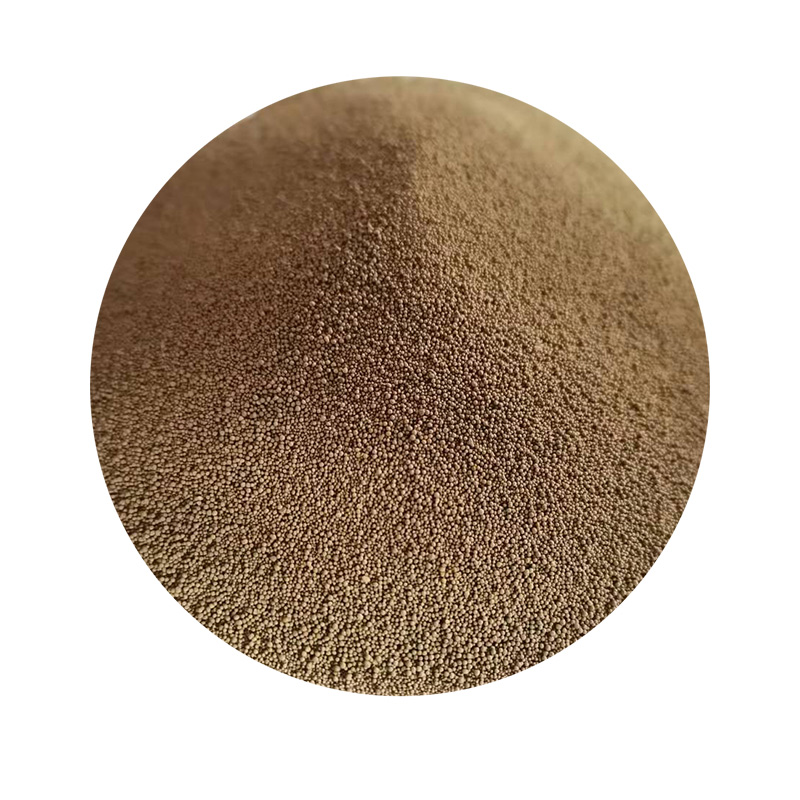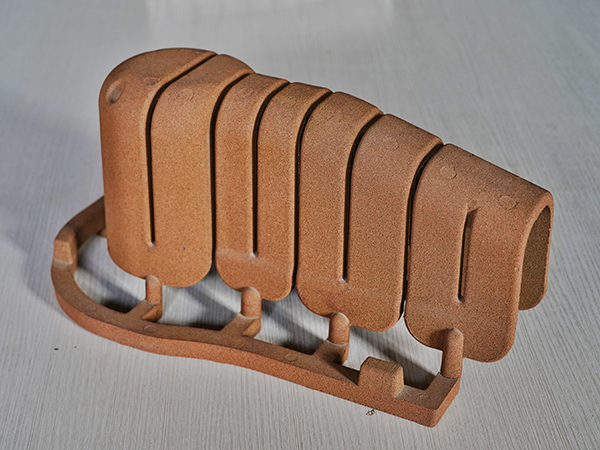

However, die casting does have its set of limitations. The initial investment in tooling and equipment is significantly higher compared to sand casting, making it less economically feasible for short production runs or large parts. Additionally, the choice of materials is more restricted, typically favoring non-ferrous metals like aluminum, magnesium, and zinc. Considering these differences, the decision between sand casting and die casting hinges on several factors, including the size and shape complexity of the component, the desired material properties, production volume, and budget constraints. Sand casting is an ideal choice for larger, less complex components where flexibility and material variety are paramount. Conversely, die casting is better suited for high-volume production of small to medium-sized precision parts requiring minimal finishing work. In conclusion, while both sand casting and die casting offer unique advantages, manufacturers must weigh these against the specific requirements of their project to make an informed decision. By understanding the strengths and limitations of each process, businesses can optimize their production strategy, ensuring quality, efficiency, and cost-effectiveness in their manufacturing operations. Post time:Jan . 14, 2025 10:34
Next:Ceramcast sand ball shape for sand casting
